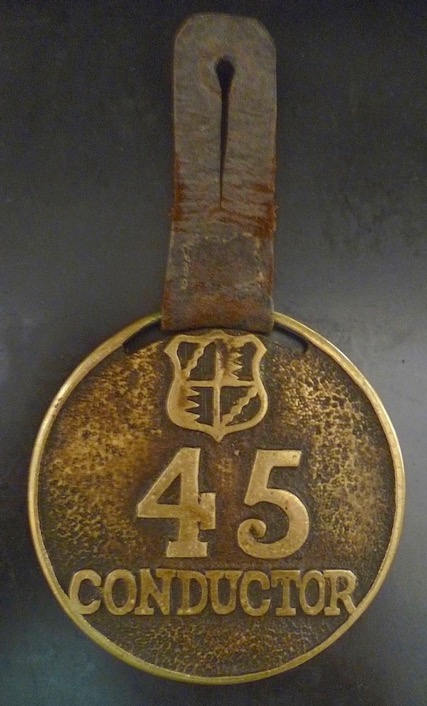Birmingham and District Tramways
History
The Birmingham and District Tramways Company commenced operation on its newly built line northwestwards from the Birmingham boundary at Hockley Brook to Dudley Port and Hill Top on the 20th May 1872; the line was standard gauge and horse drawn.
Even at this early stage in tramway development, Birmingham Corporation had decided to build and thus control, all tramway routes within its boundaries, so it resisted all attempts by companies to extend their lines within the city; it was however happy to build tramways and lease them to the companies, its first being from Colmore Row out to meet the B&DTCo's line at Hockley Brook, which it duly leased to the company, regular services commencing on the 11th September 1873. The B&DTCo was not however in the best of financial health, and following some prudent cuts, it was taken over by a new company, the Birmingham Tramways and Omnibus Company, which had been formed for this purpose on 24th May 1876.
Birmingham Corporation built its last standard gauge tramway line — the Bristol Rd route — in early 1876, services (operated by the BT&OCo) commencing on the 17th June 1876. At its maximum, the BT&OCo operated around 11 miles of tramway, 6.69 miles of its own and the rest belonging to Birmingham Corporation.
This new line marked a hiatus in tramway building by the corporation, but when it took up the reins again, there was a significant change in policy, with all new lines being built to a narrower gauge of 3ft 6ins, and operation being leased to steam tramway companies. These changes, along with similar developments in the Black Country, left the BT&OCo operating a few standard gauge lines in a veritable sea of narrow gauge concerns, and it was therefore perhaps unsurprising that on expiry of the municipal leases on the 31st December 1885, the corporation chose to hand its standard gauge lines over to the Birmingham Central Tramways Company for conversion to the narrower gauge, as well as to another new form of traction, cable haulage. The BT&OCo, did the only sensible thing, and sold out its remaining assets to the BCTCo on the last day of 1885.
Uniforms
Photographs depicting either B&DTCo or BT&OCo crews working the horse-drawn services do not appear to have survived, so it is currently unclear whether or not uniforms were worn; however, as informal attire seems to have been a general trend with early Birmingham tramway operators, it seems more than likely that uniforms were not worn.
Tramcar conductors, and possibly drivers too, may have worn Birmingham licences badges; it is however unclear whether these badges had been introduced before the B&DTCo and the BT&OCo had passed into history (1885). If licences were indeed issued at this early date, then they would almost certainly have been the same pattern as shown below, namely: brass and round, bearing a number and a grade ('CONDUCTOR' is known), above which were the arms of Birmingham, which prior to 1889, took the form of a quartered shield.
Further reading
For a history of Birmingham's tramways, see: 'A Short Review of Birmingham Corporation Tramways' by P L Hardy and P Jaques; H J Publications (1971).
Images
Steam tram drivers and conductors
Birmingham municipal licence badge — brass — of the type probably issued to B&DT and BT&OCo conductors. In April 1889, a full grant of arms was made to the Birmingham (on attaining city status), including supporters and crest, after which the type of licence badge was replaced with a pattern reflecting the new arms. This change however, took place a few years after the B&DT had sold out to the Birmingham Central Tramways Company. Author's Collection.